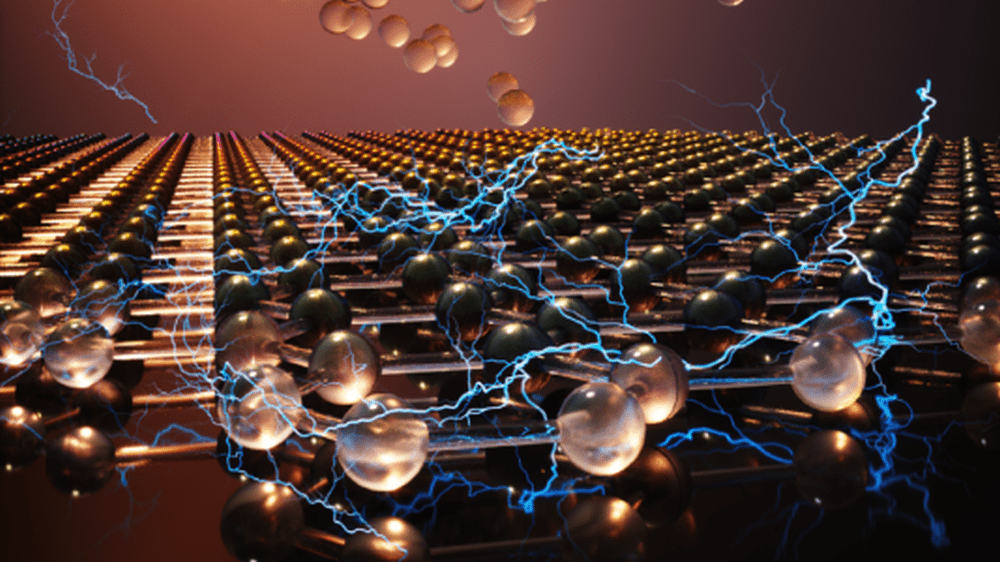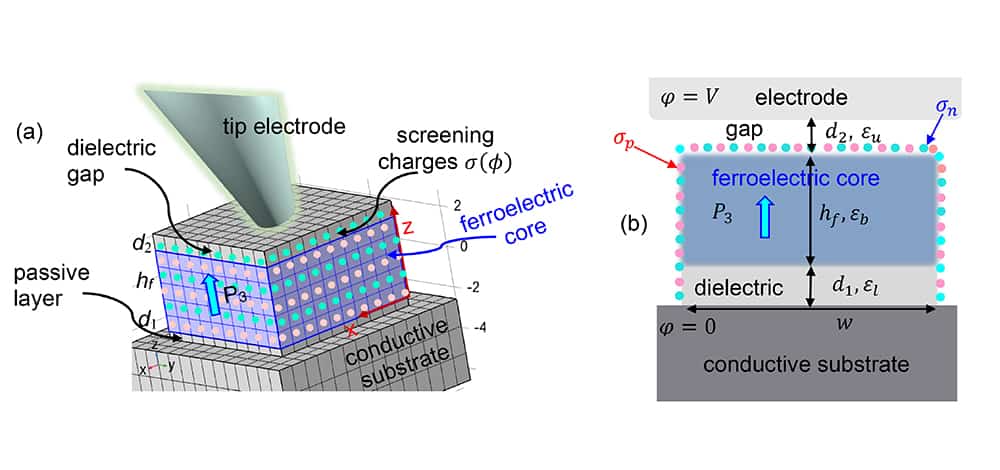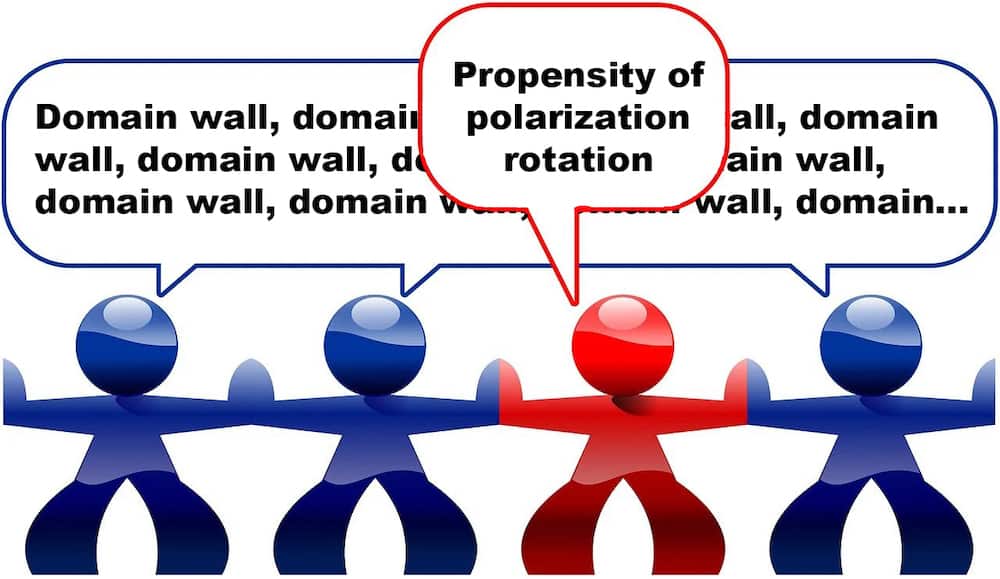Ferroelectric materials are expected to revolutionize the next generation of ultralow-power microelectronics. In a recent study, researchers led by the University of California, Berkeley achieved atomic-scale ferroelectricity in fluorite-structured zirconium dioxide thin films on silicon.
Read MoreThere still is much to learn about how surface-charge dynamics influence the behavior of ferroelectric materials. In a recent open-access paper, researchers from the United States and Ukraine used finite element modeling to map these dynamics for ferroelectric nanoparticle dispersions.
Read MoreWhen designing ferroelectric materials, researchers have long been guided by the belief that smaller domain sizes lead to greater piezoelectric properties. A recent study by Penn State and Xi’an Jiaotong University researchers raises questions about this standard rule.
Read MoreFerroelectric field-effect transistors are nonvolatile memory devices that nondestructively read stored data. However, data retention times in these devices are short. Purdue University researchers suggest a modification to conventional Fe-FET structure could overcome this obstacle.
Read MorePrevious attempts to increase transparency of ferroelectric crystals have decreased piezoelectricity. An international team of scientists led by The Pennsylvania State University and Xi’an Jiaotong University now shows that selective engineering of domain walls can improve both properties.
Read MoreHafnium oxide-based ferroelectrics are promising materials for nonvolatile memory devices, as they are compatible with modern semiconductor technologies. Researchers led by the Moscow Institute of Physics and Technology came up with a unique method to better characterize these materials.
Read MoreThe January/February 2020 issue of the ACerS Bulletin—featuring the history and industry impact of ferroelectric materials—is now available online. Plus—NSF CAREER Ceramics Program decadal overview.
Read MoreA research collaboration achieved ferroelectric domain reversal in single-crystal-architecture-in-glass (SCAG) optical fibers, in spite of the crystals being constrained inside glass. Their research could revolutionize optical data transmission technology.
Read MoreDetect ALS with graphene, lens-free holography, and other materials stories that may be of interest for February 6, 2019.
Read More







